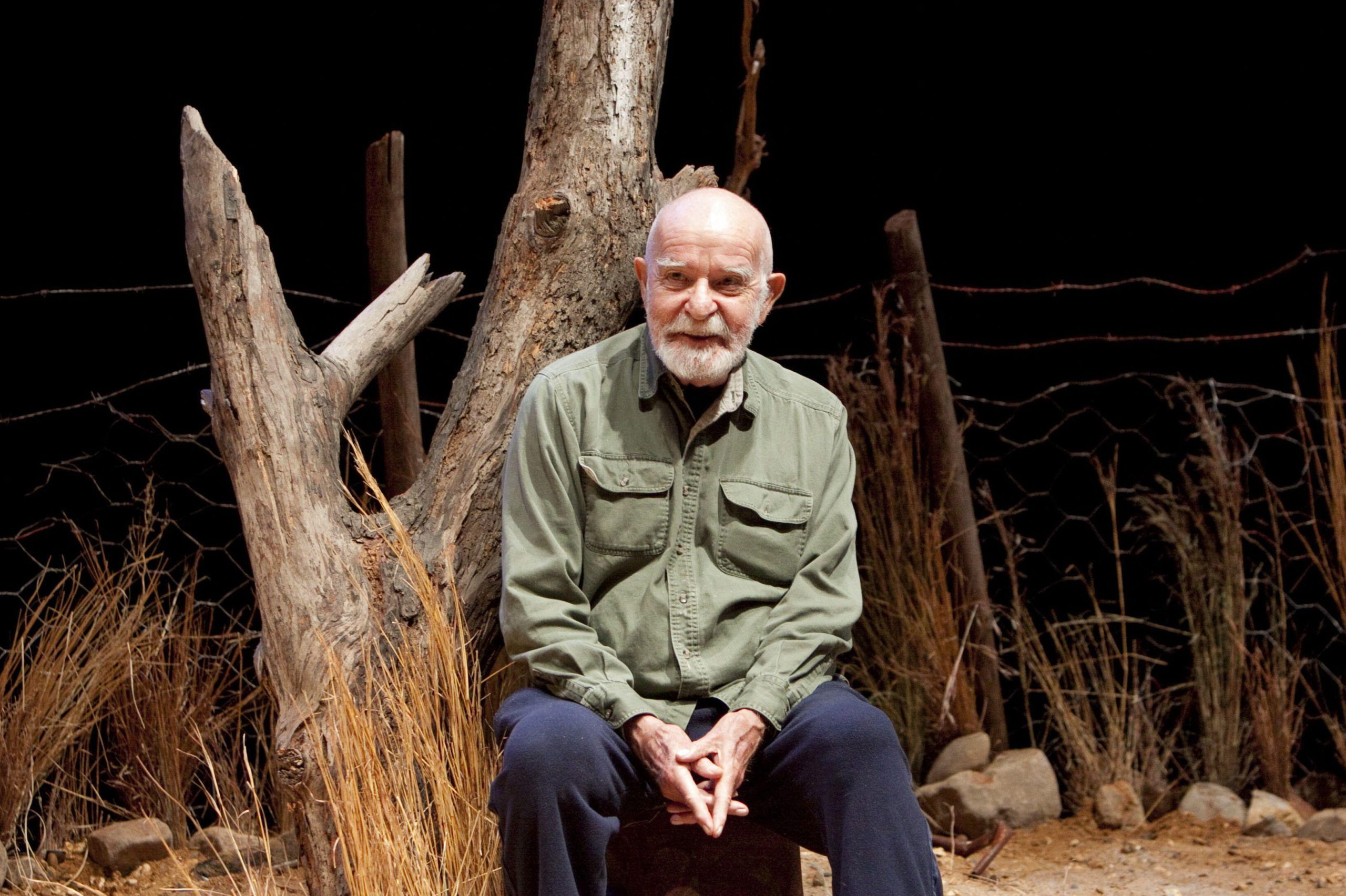More than two years ago, as Myanmar’s coup unfolded, open-source content provided unique insight into what was happening in the country and the battlelines that were soon to emerge. Live from a roundabout in the capital of Naypyidaw, exercise instructor Khing Hnin Wai unwittingly captured and disseminated live footage of the coup taking place via Facebook. For a brief period, images of Khing Hnin Wai dancing in front of a military convoy became symbolic of Myanmar’s struggle to maintain democracy.
Here at Myanmar Witness, we use user-generated, openly available content like this to identify, verify and report on events across Myanmar involving abuses of human rights and contraventions of international law. We let the evidence speak for itself when we publish the results of our investigations, collaborate with media and share evidence with justice and accountability mechanisms.
Content we examine is rarely as innocuous as Khing Hnin Wai‘s video. Since our inception as one of the witness projects at the Centre for Information Resilience, we have used imagery from social media, geospatial providers, and other forms of ‘open’ sources to contribute towards accountability for crimes being committed. These include horrific beheadings, the widespread intentional use of fire, the impact of the conflict on sites with special protections, and at a scale and sophistication beyond what we see in our other witness projects — hate speech and doxxing.
Doxxing exposes the private information of individuals, such as addresses, phone numbers and more, without their consent. In Myanmar it is done with the intent to intimidate, spread fear and suppress voices. Doxxing has become the digital manifestation of the real-world violence faced by thousands of people in Myanmar everyday. Our findings have repeatedly shown that in Myanmar, the internet is being used as a weapon – and this is steeped in history. Facebook was widely used as a vehicle for the promotion of hate speech and incitement to violence during the Rohingya crisis, which led to the social media company admitting failings in the way it handled content on its platform.
In January this year, following an investigation into online abuse against Burmese women, we released our Digital Battlegrounds report, which showed how the situation is worsening. Its findings were damning: Facebook and Telegram were hosting politically-motivated abuse targeted at Burmese women. Abuse included real-world threats of violence, gendered hate speech and sexually violent commentary. The source of this content was clear – pro-Myanmar Military accounts and users.
To their credit, and in response to Myanmar Witness and BBC outreach, both Meta and Telegram removed a large amount of content which violated their respective terms of service. However, in the case of Telegram, soon after some accounts were removed or suspended, new ones emerged to take their place. Identifying online abusers and their violent content continues to be painstaking and tedious work.
The online information environment in Myanmar has been, and continues to be, part of the conflict. In the wake of an airstrike by the Myanmar Air Force against Pa Zi Gyi village in April 2023, the darkness of Myanmar’s digital conflict resurfaced. With some media reporting more than 160 dead it was one of the worst airstrikes seen in Myanmar and led to an outpouring of domestic and international sympathy and condemnation.
In Myanmar, a ‘black profile’ campaign emerged online, mourning the victims of the attack. Today’s report by Myanmar Witness investigators shows just how the military regime retaliated with a brutal crackdown — online and offline — against those who dared to show sympathy. For engaging in non-violent online protest, individuals were met with arrests, threats and physical violence. Both their digital and real-world voices were silenced.
Pro-junta groups doxxed those who protested digitally as online sympathy grew in the wake of the airstrike. We found a link: at least 11 of the 20 individuals who were doxxed were then arrested for their activities on Facebook within days of being exposed by pro-junta Telegram channels. They were among a total of 69 people who were arrested within three weeks of the airstrike. In the vast majority of cases, social media activity was the stated reason for their arrest by the authorities.
Some months following their arrest, five individuals who were influential and well-known — a former journalist and several celebrities — were released. Multiple pro-junta Telegram channels hinted at their release before it occurred, indicating information sharing, if not coordination, between these channels and the military authorities. The fate of the more than 60 others detained in the same period remains unclear. Our research only scratches the surface of the vicious digital and physical conflict in Myanmar, and there are no signs of it abating.
While those who incite and intimidate online are ultimately responsible, inadequate moderation of content by social media platforms is part of the problem, as is the protracted war in Myanmar which recycles and reinforces the online violence. While others go online to perpetuate conflict, we at Myanmar Witness will continue to use digital content to identify, verify and report on the conflict, and to ensure that those at risk of being silenced have their voices heard.






